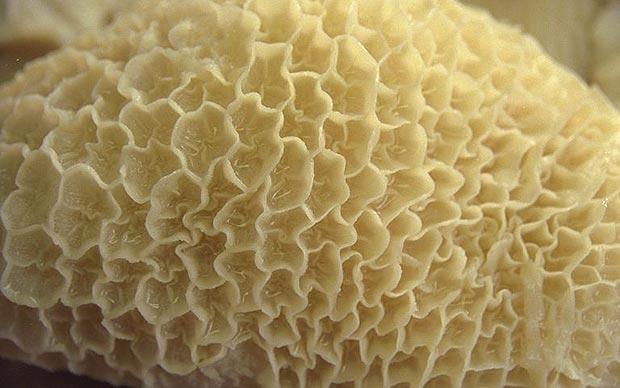 |
| An idea of the travels of Frederick and Eliza Google Maps |
By combining the locations of censuses, births and deaths, and newspaper reports, we can get a picture of just how far the travellers roamed. Frederick and Eliza Blankley kept within the boundaries of the East Midlands, and mostly within Leicestershire, with occasional visits to Nottinghamshire and Derbyshire. I found them as far south as Hinckley and as far north as Derby and Nottingham, but no further east than Syston, and no further west than Ashby de la Zouch. This map is plotted on today's roads: no doubt they took the country ways, along tracks that may no longer exist. And we have no insight into the days between the official records, no idea how long they stayed in each place.
I wondered why Frederick returned to living in a fixed house, after Eliza died. And why, after all those years on the road, with horses pulling his home and earning his income, he should decide to become a horse slaughterer.
Maybe it was because it was the only way he could get the darn things to stay in one place.
On 27 September 1890, Frederick Blankley was fined for allowing four asses to stray, in Syston, Leicestershire. On 13 June 1891, working as a showman in Leicester Forest East, he was fined for allowing both horses and asses to stray, (plus having two unlicensed dogs). 14 July 1894, in Shepshed, Leicestershire, same thing, but this time with eight asses, two horses and one mare. Just two weeks after that on 28 July 1894, he was in Loughborough and his two horses, two donkeys and a mare were wandering about on the Derby Road, near Swing Bridge Lane, in the middle of the night. 12 March 1898, back in Syston, fined again - three horses and three donkeys on the loose. 23 July 1898, in Ratcliffe on the Wreake, Fred Blankley a showman, no fixed abode, and with six previous convictions for cattle straying, fined for - wait for it - four horses and fourteen, yes fourteen, asses. (I wonder if by this time he was looking after the fairground donkey rides?) On 17 September 1898 Fred was in court again, not this time for stray cattle, but after a fight with another family over a field to camp in, in Costock, Nottinghamshire. 17 June 1899, back to Loughborough again, and those dratted, wandering animals: fined once more, for allowing four asses to stray.

I have not found any other newspaper stories or court reports after Eliza passed away. It looks like Frederick left the travelling community - I wonder how that worked, as he was only there through his marriage to Eliza, not from his own family roots. Would he have been asked to leave? Was it through his own choice? Did he miss the life, away from the road and the campsites, or did he relish the idea of staying in a solid house, in one place, after so much travel? We may never know - but we do know that his occupation became that of the person who puts the end to horses' lives, living and working in George Yard, Loughborough. Horses were being replaced by motor vehicles, both for transport and for farm work. Sadly, there must have been a demand for his trade, and hopefully it was all done humanely.
Frederick and his second wife, Mary Ann nee Kellam, went on to have three children who survived infancy: Lillian May, born in 1905, who later married a Tom Burton from Barrow upon Soar; Percy, born in 1906, who lived to the great old age of 89, and Harry, born in 1909 and died in 1989.
Frederick Charles Blankley passed away in the middle of 1931, in Loughborough, Leicestershire. three years after his son Fred junior.
I still have to tell you about little Ernest. That's part four of the story.
All news articles from the Leicestershire Chronicle, with kind permission of FindMyPast.com











